| Tuesday, November 12, 2019 | |
Young Disruptors |
|
| Chair |
Michael Kaiser, CEO, Smart Systems Hub GmbH

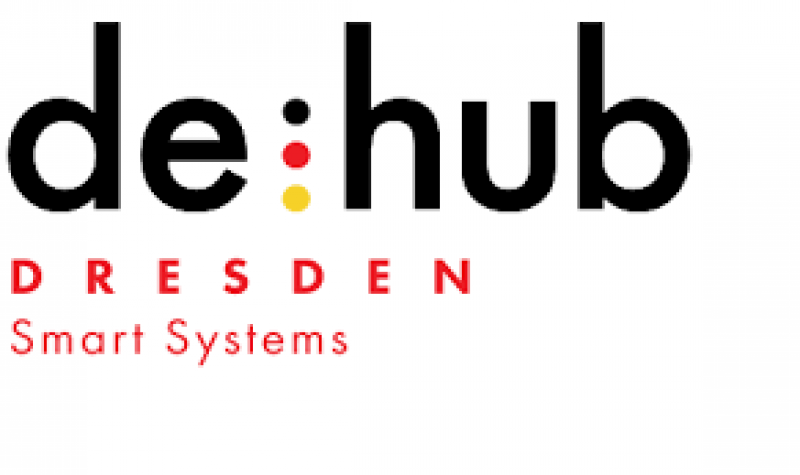 Biography |
| 12:45 | Depth View Pro TM - A high-speed and high-resolution imaging system with up to 20 times extended depth of field |
Niels Bosmans, CTO, Invenira Depth View Pro TM - A high-speed and high-resolution imaging system with up to 20 times extended depth of field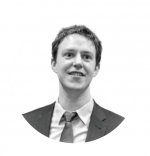
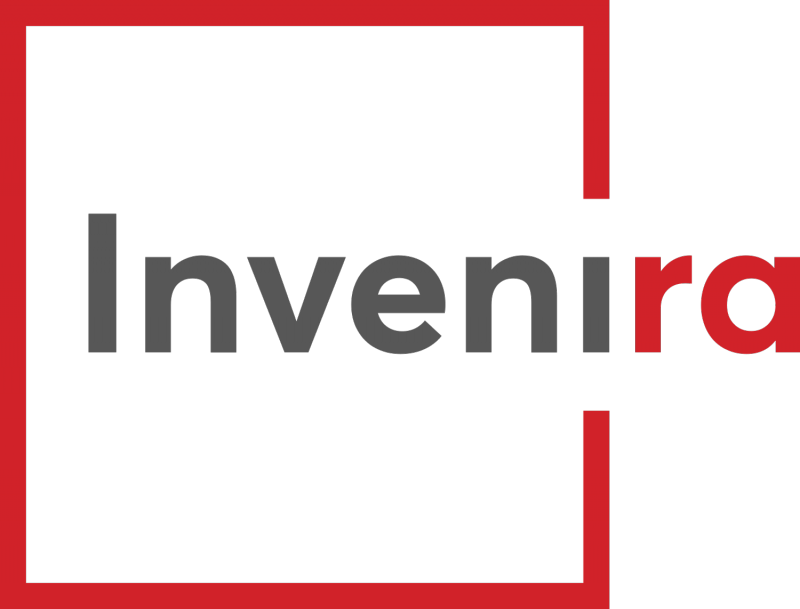 Abstract Biography |
|
| 13:00 | New approaches in the field of pressure less/ low pressure sintering for large surface area sintering |
Battist Rábay, CEO, Nano-Join GmbH New approaches in the field of pressure less/ low pressure sintering for large surface area sintering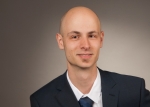
 Abstract Biography |
|
| 13:15 | Shaping the Quantum Future from Europe |
Jan Goetz, CEO, IQM Quantum Computers Shaping the Quantum Future from Europe
 Abstract Biography |
|
| 13:30 | Transforming Spectroscopy from the lab into mass market applications with SENORICS disruptive photodetector technology |
Ronny Timmreck, CEO, SENORICS GmbH Transforming Spectroscopy from the lab into mass market applications with SENORICS disruptive photodetector technology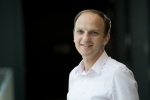
 Abstract Biography |
|
| 13:45 | Biotechnology meets Industry - Today: Overheating Alert Solution |
Heimo Adamski, CEO, 4GENE GmbH Biotechnology meets Industry - Today: Overheating Alert Solution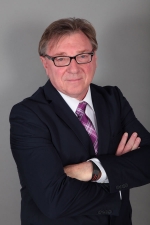
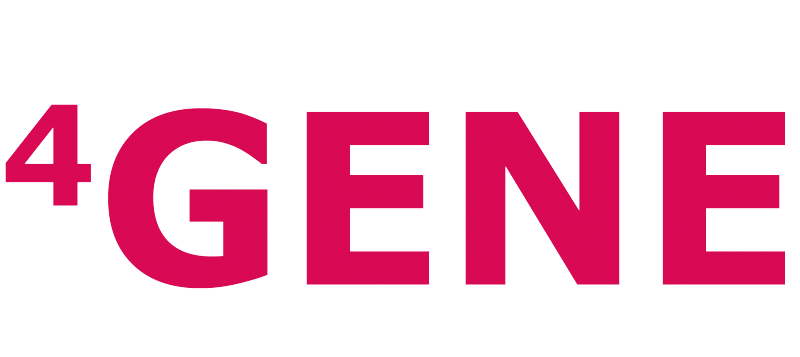 Abstract Biography |
|
| 14:00 | 3D electronic packaging for IoT devices – from prototype to series production |
Tobias Tiedje, Research Associate, TU Dresden IAVT 3D electronic packaging for IoT devices – from prototype to series production
 Abstract Biography |
|
| 14:15 | A disruptive workflow for planning, monitoring and improving automated material handling systems |
Martin Erler, FlowLogiX GmbH A disruptive workflow for planning, monitoring and improving automated material handling systems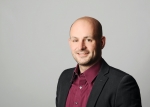
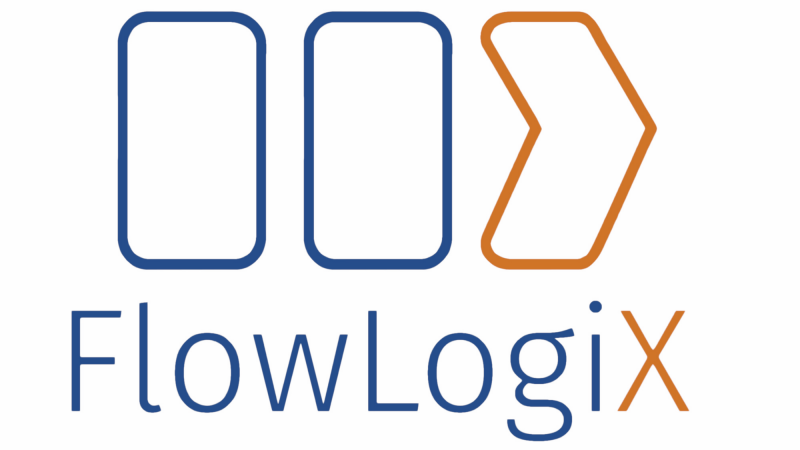 Abstract Biography |
|
| 14:30 | Brain efficient networks |
Kai-Uwe Demasius, Semron Demasius Kirschen GbR Brain efficient networks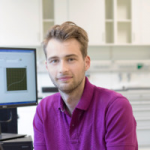
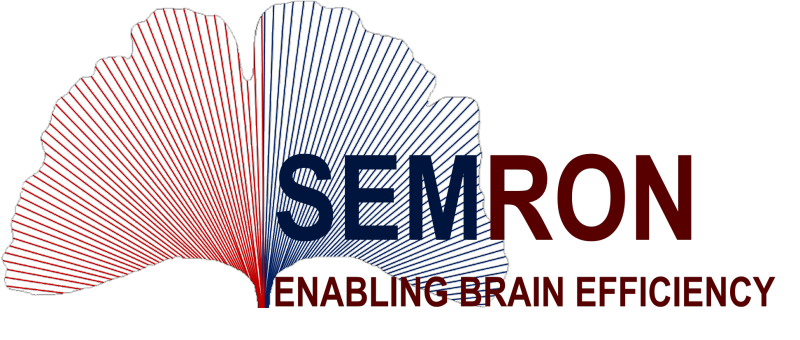 Abstract Biography |
|
| 15:00 | Closing remarks |
| TBD | |